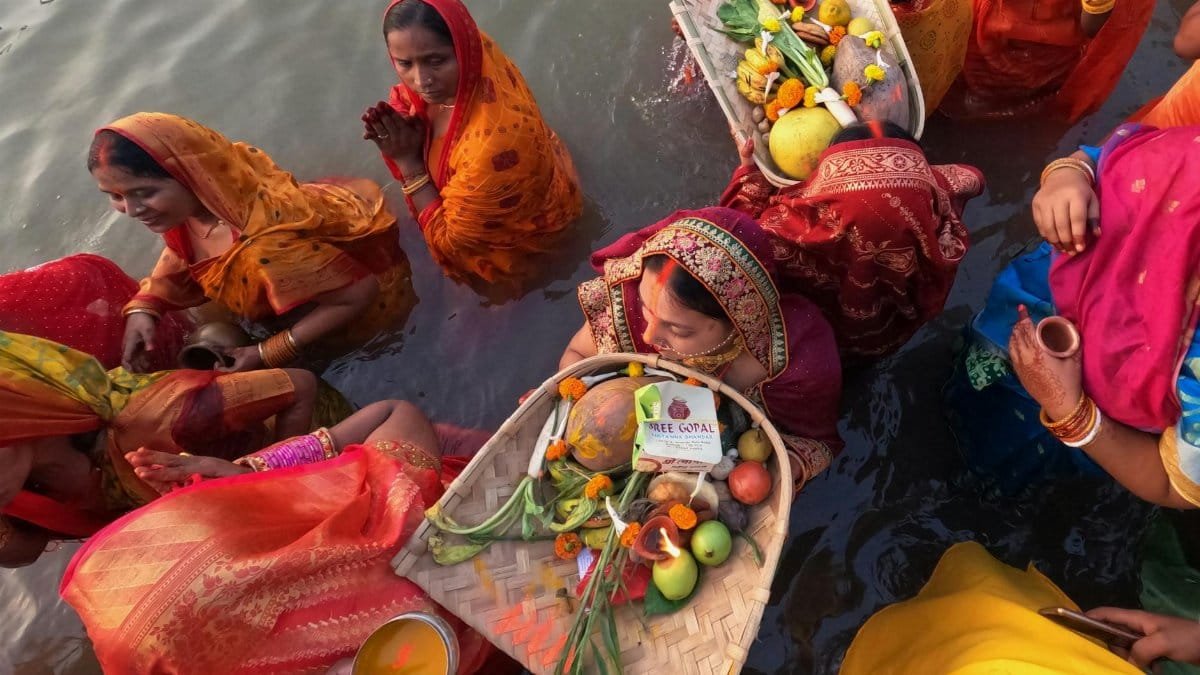Imagine a small town in the Midwest, where every autumn, neighbors gather in a weathered barn for an old harvest rite. They share stories of the year’s struggles and triumphs, passing around a single, worn wooden bowl filled with corn kernels—a symbol of shared bounty. This isn’t just nostalgia. It’s a glimpse into the power of rituals unbreakable community bonds, practices that once anchored people to one another in ways modern life often fails to replicate. In 2025, as social isolation continues to rise, with over 30% of Americans reporting chronic loneliness according to recent U.S. Surgeon General reports, the hunger for connection feels more urgent than ever. What if the answer lies in reviving forgotten traditions? Not as museum pieces, but as living tools to rebuild trust and belonging. This isn’t about turning back the clock. It’s about rediscovering what’s been lost—nine ancestral rituals that can still forge ties strong enough to weather any storm.
1. The Shared Meal Covenant
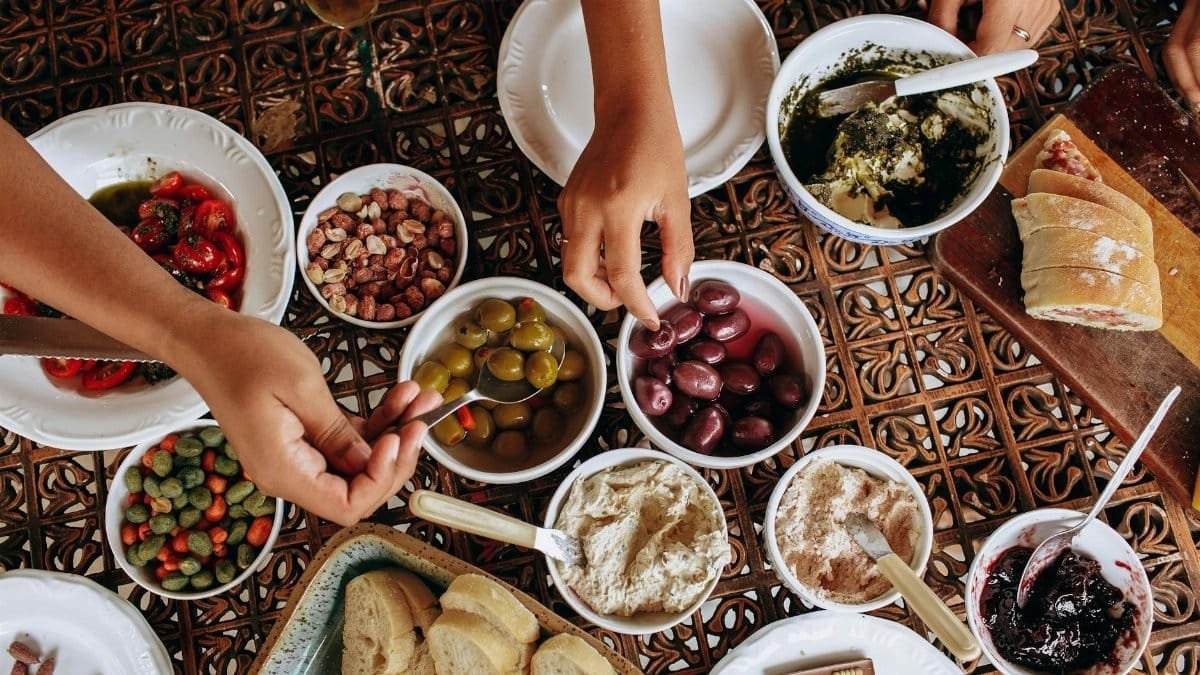
A table laden with simple fare—bread, stew, whatever the community could muster—was once more than sustenance. It was a pact. In early American settlements, communal meals after harvests or during crises weren’t just about eating. They were unspoken vows of mutual support. Picture a family in 18th-century Virginia, breaking bread with neighbors after a barn-raising. The act said, “We’re in this together.” Today, reviving this ritual could be as simple as a monthly potluck. But it’s the intention that matters—everyone contributes, everyone partakes. A recent study from American Psychological Association notes that shared meals boost feelings of trust by 25% among participants. The magic isn’t in the food. It’s in the commitment to show up.
2. The Naming Ceremony
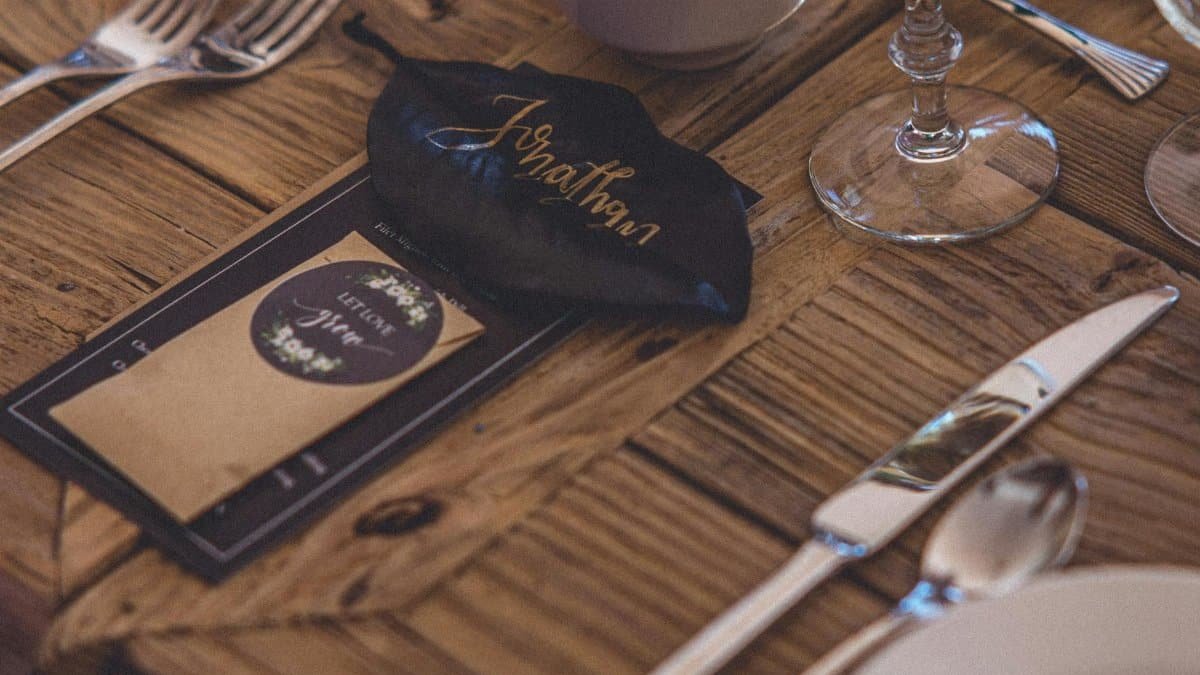
Long before social media announcements, communities marked a new life with a ritual of naming. In many Native American traditions, elders bestowed names tied to nature or virtue, binding the child to the group’s story. One elder might recount a tale of the river while placing a name on the newborn, weaving their identity into the land itself. This wasn’t just a label—it was a tether. In 2025, a modern twist could involve a gathering where friends and family share hopes for a child or even a new member of any group. The act of vocalizing shared values creates a web of accountability. It’s a reminder: you belong to us, and we to you.
3. The Vigil of Loss
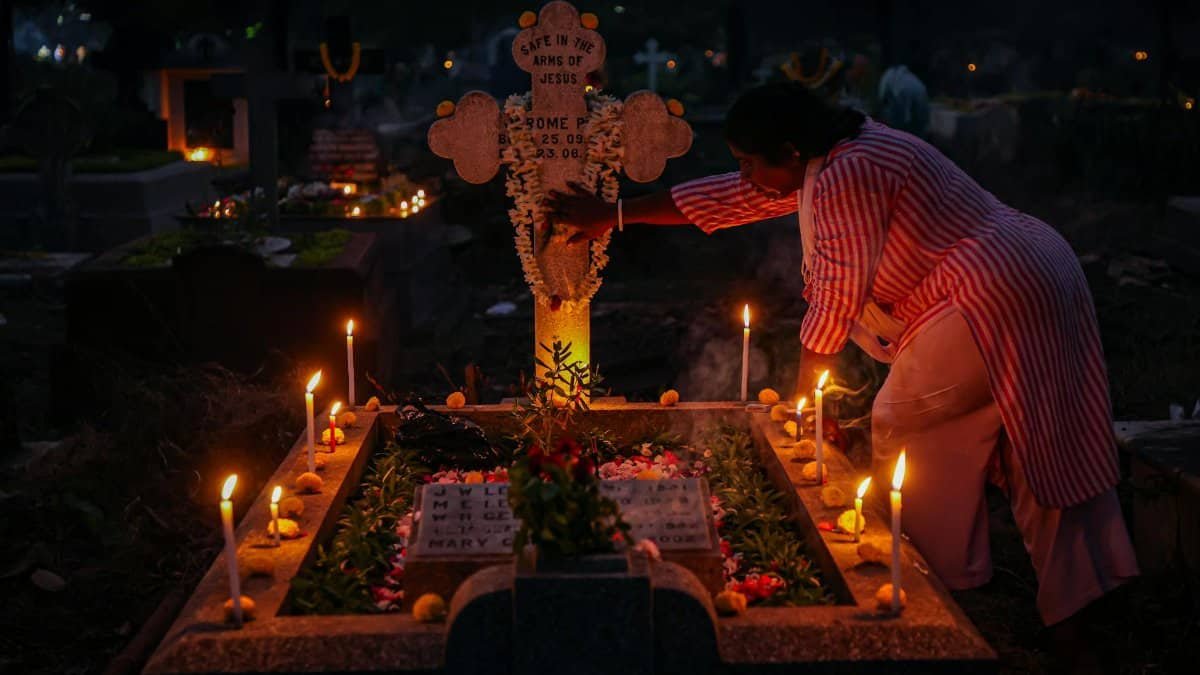
Death once drew communities closer, not apart. In old Irish-American enclaves, wakes lasted days, with neighbors keeping watch over the bereaved. They’d sing, tell stories, even laugh through tears, holding space for grief. A woman in a 19th-century Boston tenement might sit by a coffin, surrounded by others who’d lost just as much, their presence a silent promise to endure together. Today, we often grieve in private. But reinstating a communal vigil—whether for a literal death or a collective setback—can rebuild that support. It’s not about fixing pain. It’s about witnessing it, together.
4. The Blood Oath of Kinship
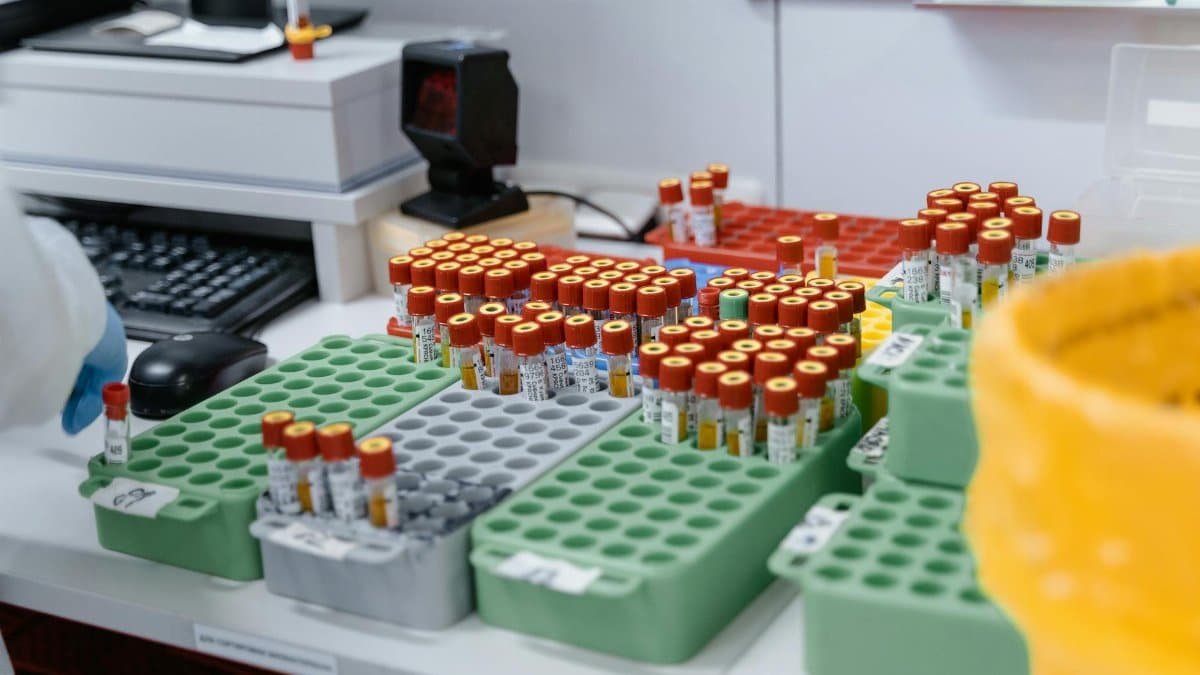
Before legal contracts, a cut on the palm and a clasped hand sealed alliances in many cultures. Among early European settlers, such blood oaths turned strangers into kin during perilous times. The sting of the blade was a reminder: my survival is yours. While literal bloodletting isn’t practical now, symbolic acts—like exchanging tokens or vows during a crisis—can echo this depth of loyalty. Think of a group of coworkers in 2025, pledging to support each other through layoffs with a shared promise over coffee. The gesture matters. It transforms fleeting ties into something fierce.
5. The Seasonal Marking
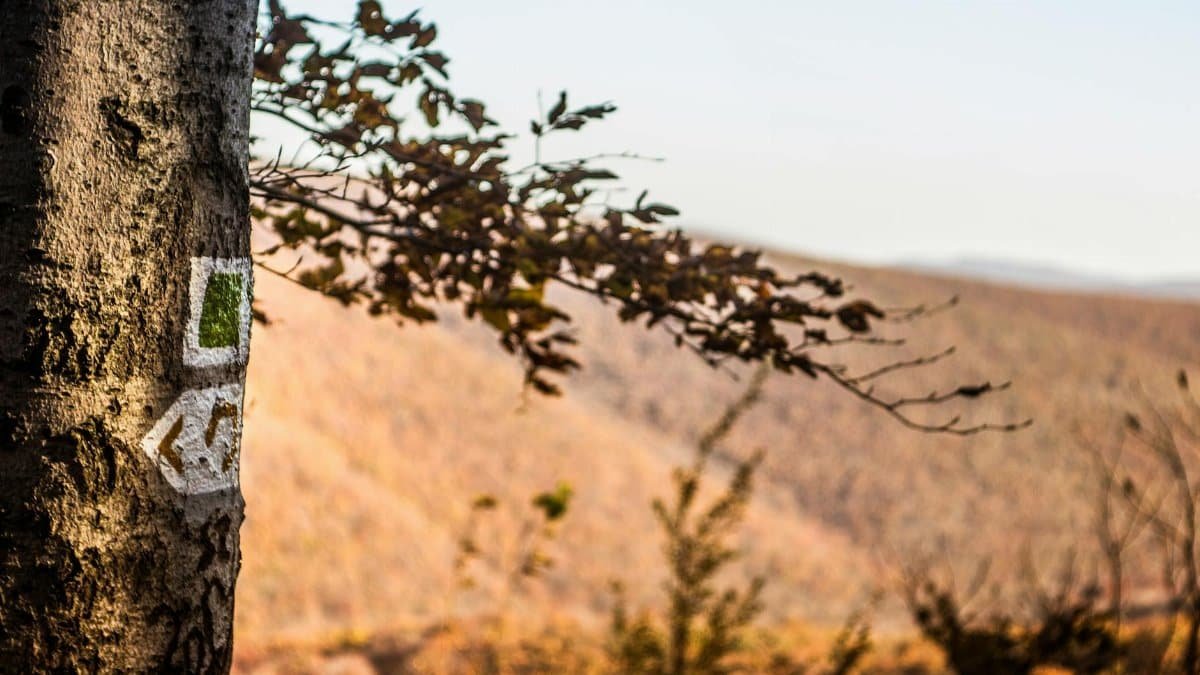
Every solstice or equinox, ancient communities paused to honor the earth’s rhythm. In pre-Columbian America, tribes built stone circles to track the sun, gathering to chant and feast as seasons turned. This wasn’t mere celebration—it synchronized people to a shared calendar. Fast forward to now: a neighborhood could plant a tree each spring, or light lanterns each winter, marking time as one. These small acts, done collectively, anchor us to something bigger than individual schedules. They whisper, “We’re on this journey side by side.”
6. The Storytelling Circle
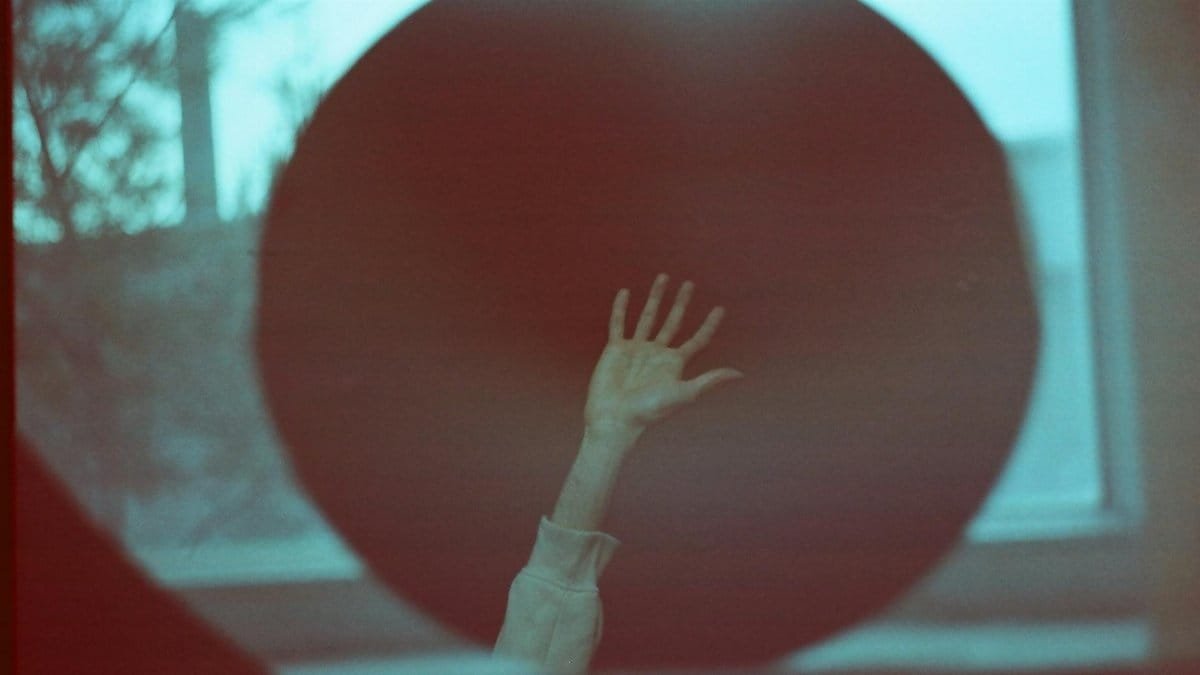
Before screens, nights by the fire were for tales. In African-American communities during slavery, oral histories passed down resilience and hope, knitting listeners into a single narrative. One elder might recount a trickster’s escape, and the children leaning in felt their own strength grow. Today, a storytelling night—where people share personal or inherited tales—can do the same. It’s not just entertainment. It’s identity. A recent Pew Research study found that 68% of Americans crave deeper family connections. Stories, told in person, can bridge that gap.
7. The Work Bond Ritual
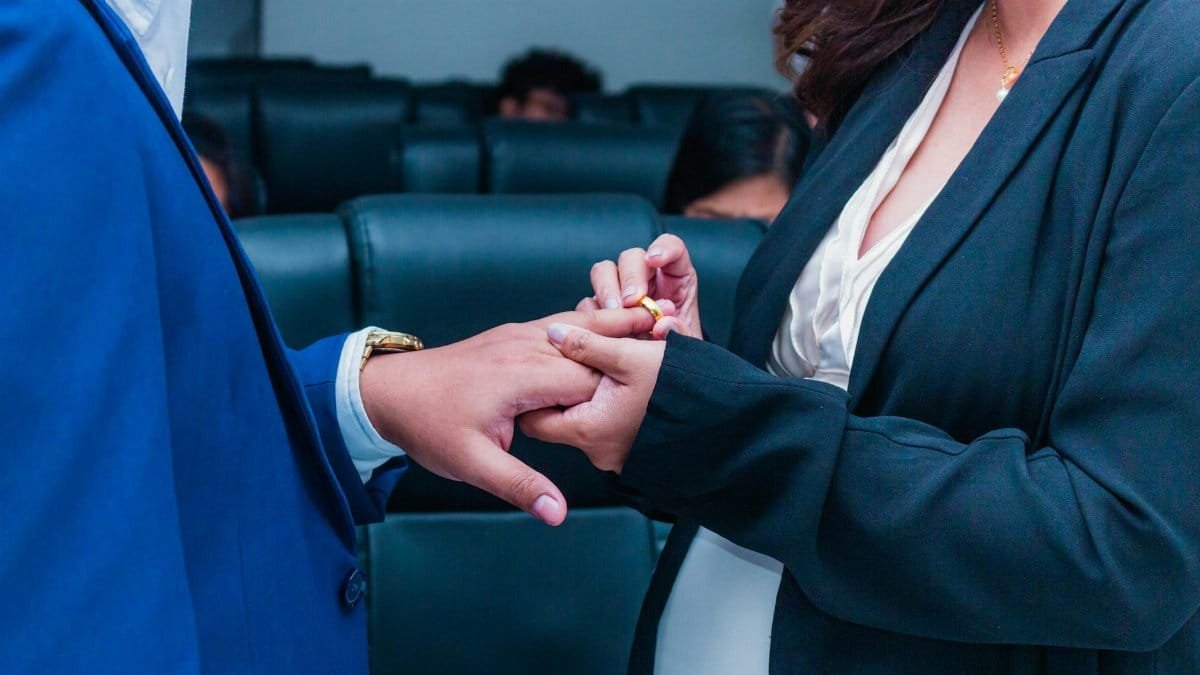
Think of the Amish barn-raisings, where an entire community built a structure in a day. Sweat and shared labor forged trust faster than any conversation. Each nail driven was a pledge: I’ve got your back. In urban 2025, this could translate to a community garden project or a cleanup day. The key isn’t the task—it’s the collective effort. One anonymous account shared online described joining a local repair day: “I didn’t know anyone, but fixing that playground together made us friends by noon.” Physical work, done as a unit, cements bonds that words alone can’t.
8. The Vow of Silence
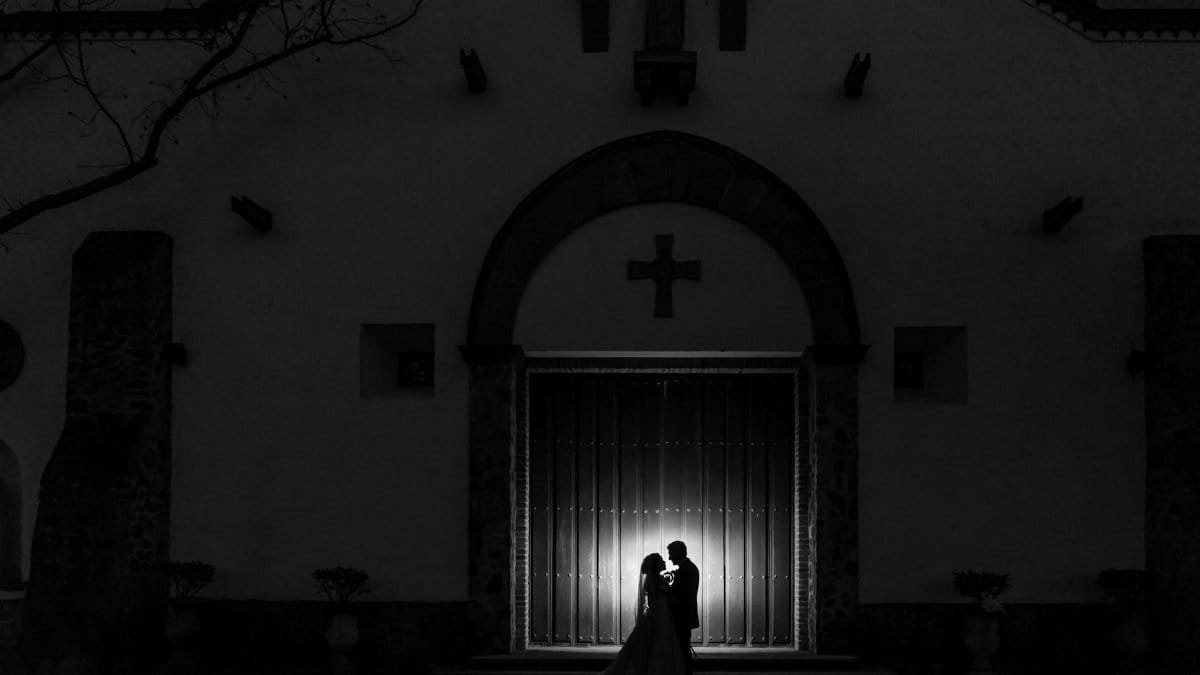
In some monastic traditions, silence was a ritual of unity. Early Quaker meetings in America often sat wordlessly, letting shared quiet build understanding. No speeches, just presence. Imagine a room of strangers in colonial Pennsylvania, breathing in sync, disagreements melting away. Modern groups could adapt this—setting aside an hour to simply be together, no agenda. It’s counterintuitive in our noisy world, but silence strips away pretense. It forces us to feel the weight of each other’s existence, a subtle but powerful thread of rituals unbreakable community bonds.
9. The Boundary Walk

Centuries ago, European villages walked their land’s edges yearly, often with children in tow, to teach them the limits of home. Stones were placed, songs sung, marking “this is ours.” It wasn’t just geography—it was ownership of a shared space. Today, a community could walk a park or street together, noting what’s theirs to protect. This act, however small, redefines “us.” A 2023 report from National Geographic highlights how physical connection to place boosts civic pride by 40%. Walking as one claims that pride anew.
These nine rituals unbreakable community bonds aren’t relics to admire from afar. They’re blueprints for a fractured age. In a time when digital “likes” replace handshakes, and neighbors remain strangers, these practices—rooted in blood, sweat, and shared time—offer a way back to each other. They don’t demand grand gestures. A meal, a story, a quiet hour—these are enough to start. But they do ask for intention. Because true connection isn’t accidental. It’s forged, step by deliberate step, until the ties hold fast against any strain. What ritual will you reclaim first?
